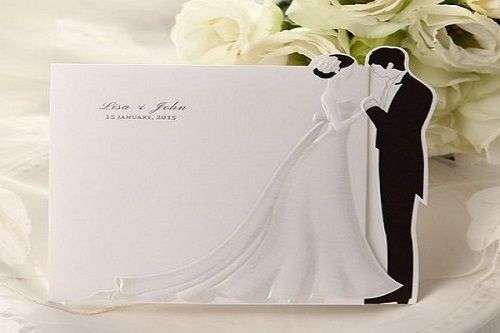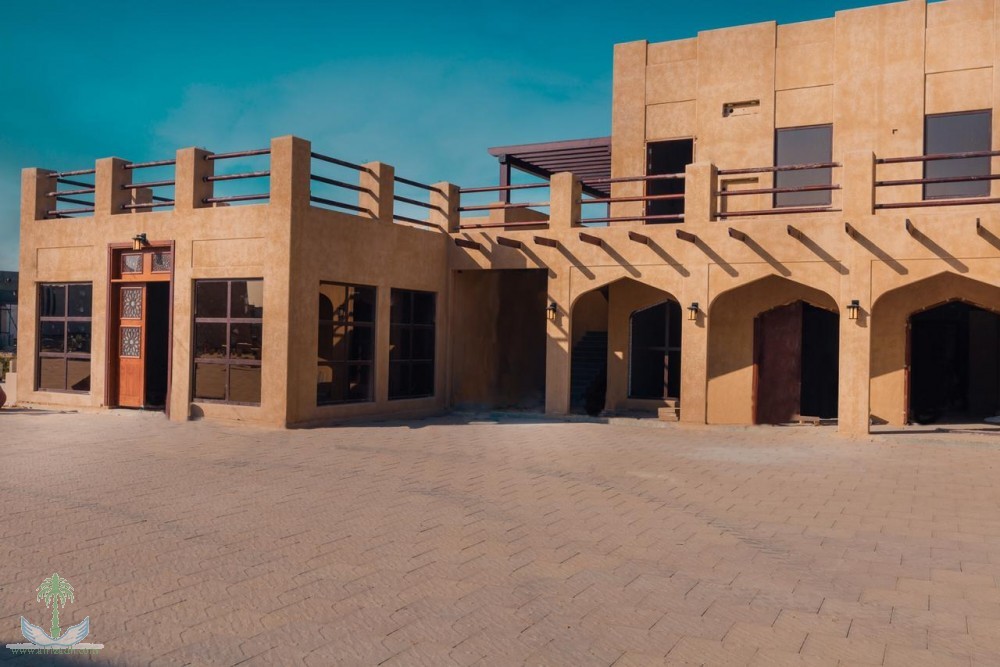
Reflection on our Wedding Invitations
Weddings tend to increase during festive occasions and summer holidays, as families gather and often take advantage of these reunions to conclude marriage arrangements. A close look at wedding invitation cards—especially those addressed to men, whether traditional or modern—reveals that the bride is often referred to only as “the daughter of Mr. [Name].” Meanwhile, the groom is mentioned by his full name.
Although this custom is old, revisiting it today in light of the objectives of marriage in Islam is crucial. Marriage in Islam is a sacred bond between a man and a woman, aimed at fulfilling sexual desires in a healthy way, procreation to ensure the continuity of the human race, and building a dignified life based on love and mercy.
From these noble foundations, Islam emphasized the public declaration of marriage to protect the rights of both spouses, especially the woman. For example, if she becomes pregnant later, the identity of the child’s father is known, which preserves her reputation, honor, and all related rights.
I believe that one form of valid public declaration would be mentioning the bride’s name on the wedding invitation, even those directed at male guests. The format could be: “On the occasion of the marriage of Mr. [Groom’s name] to Ms. [Bride’s name], daughter of Mr. [Name].” Naturally, a father may have several daughters, and many of the male invitees may not know which one is the bride.
Even those invitations that only say “The wedding of our son, Mr. [Name]” should include the bride’s name. The tradition of omitting the bride’s name in wedding invitations may stem from unjustified jealousy or embarrassment over stating a woman’s name—a custom we should move beyond, just as society has moved beyond the hesitation of some men in the past to attend their own daughters’ weddings.
After all, who among us does not know the names of the Prophet Muhammad’s (peace be upon him) wives or daughters, or the names of the female companions? One chapter of the Qur’an is even named after Mary, peace be upon her.
Furthermore, mentioning the bride’s name in the invitation reinforces her self-confidence and joy in one of the most significant moments of her life. When a person chooses a life partner, they do so based on many criteria that distinguish that individual, making the connection with that person a gain in itself—not merely a connection to her family.
Just as a woman takes pride in marrying a righteous man, a man should also take pride in marrying a righteous woman. Modernizing our wedding invitations in this way reflects the sophistication of our societies and aligns with both religion and reason—it does not contradict them.








